Improving data backup and recovery continues to be a top priority among senior IT decision makers, as highlighted in a 2015 IT Spending Intentions survey conducted by ESG.
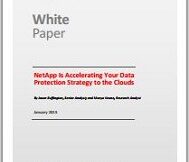

Improving data backup and recovery continues to be a top priority among senior IT decision makers, as highlighted in a 2015 IT Spending Intentions survey conducted by ESG.
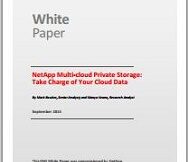
75% of enterprise-scale organizations currently use some type of cloud service. With major cloud providers continually competing to offer new capabilities and low prices, choice abounds.
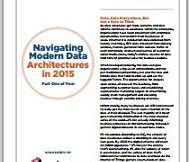
Enterprises have a huge opportunity to transform their business if they can take advantage of the growing volumes of data they collect about customers, processes, relationships and transactions.

Many IT professionals are managing the data demands of their organization today quite effectively.

Businesses around the world have made significant investments in Microsoft SharePoint for content management. However, these same companies are struggling with making the transition to a more mobile, more collaborative workplace.
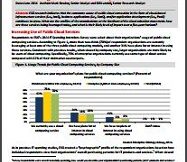
ESG research indicates that the corporate usage of public cloud computing in the form of cloud-based infrastructure services (i.e., IaaS), business applications (i.e., SaaS), and/or application development (i.e., PaaS) continues to grow.

Learn how storage environments can help address high-availability needs and identify critical features necessary for businesses to meet the bar for six 9s availability.
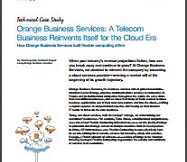
When your industry’s revenue projections flatten, how can you break away and continue to grow?
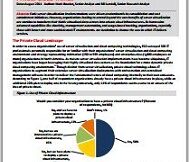
Early server virtualization was based on consolidation and cost containment. Today, automation, elasticity, and usage-based tracking is transforming virtualized data centers into private cloud infrastructures.
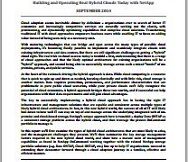
This report examines the most common hybrid cloud architectures and the storage management factors required for IT to extend their data center with efficiency. Learn about the keys to successfully implementing a hybrid cloud approach.